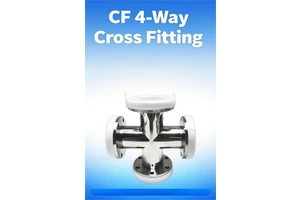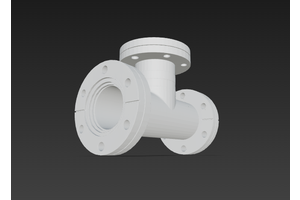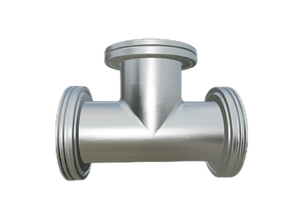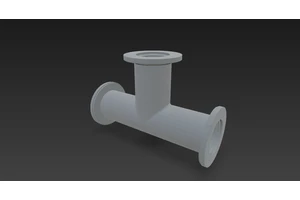Advantages of Vacuum Zinc Infiltration Compared to Hot-Dip Galvanizing
Vacuum zinc infiltration is an advanced corrosion protection technology for steel components, representing a new trend in the development of steel surface treatment methods.
The traditional electro-galvanizing process generally follows the steps: surface cleaning → acid pickling → galvanizing → passivation → drying → finished product. During acid pickling and passivation, wastewater containing harmful substances is generated, requiring complex wastewater treatment. Moreover, the use of chromium-based passivation introduces chromium ions—harmful to both human health and the environment—into wastewater and even onto the surface of the finished product.
Vacuum zinc infiltration, on the other hand, is a clean and environmentally friendly process. It is a thermochemical treatment performed in the ferrite state, using zinc powder as the raw material. Inside a rotating, sealed container under vacuum conditions, heated steel components are brought into contact with zinc powder, allowing zinc atoms to uniformly diffuse into the steel surface. This process forms a dense and uniform zinc–iron alloy layer with varying zinc–iron ratios, known as the infiltration layer.
Key Advantages Over Hot-Dip Galvanizing:
-
Enhanced Corrosion and Wear Resistance – Under vacuum conditions, zinc atoms penetrate the steel surface to form a zinc–iron alloy layer, reducing or eliminating oxidation. This significantly improves corrosion and wear resistance. The process is ideal for complex shapes—such as screws, internal walls, and grooves—producing smooth, uniform, wrinkle-free, and non-peeling coatings.
-
Precise Coating Thickness Control – The infiltration layer thickness can be controlled between 20–120 micrometers, effectively solving tolerance and fit issues often encountered with hot-dip galvanized fasteners.
-
Zero Air Pollution and Improved Workplace Safety – As the process takes place in a sealed container, zinc vapor emissions are eliminated, preventing atmospheric pollution. It also removes the risks of zinc vapor poisoning and molten zinc splashes (“explosions”) that can occur in hot-dip galvanizing.
-
Superior Performance in Harsh Environments – In areas with severe air pollution or in long-term saltwater (seawater) immersion, vacuum zinc-infiltrated parts maintain their integrity without coating delamination or rust spots.
-
High Energy Efficiency – Conducting the process in an insulated, sealed container ensures high thermal efficiency, meeting modern energy-saving requirements.
Conclusion
Steel components treated with vacuum zinc infiltration offer exceptional corrosion and wear resistance, while the process itself is clean, energy-efficient, and environmentally safe. Its advanced technology and scientific principles make it a highly promising alternative to hot-dip galvanizing, with strong potential for generating both economic and social benefits.





